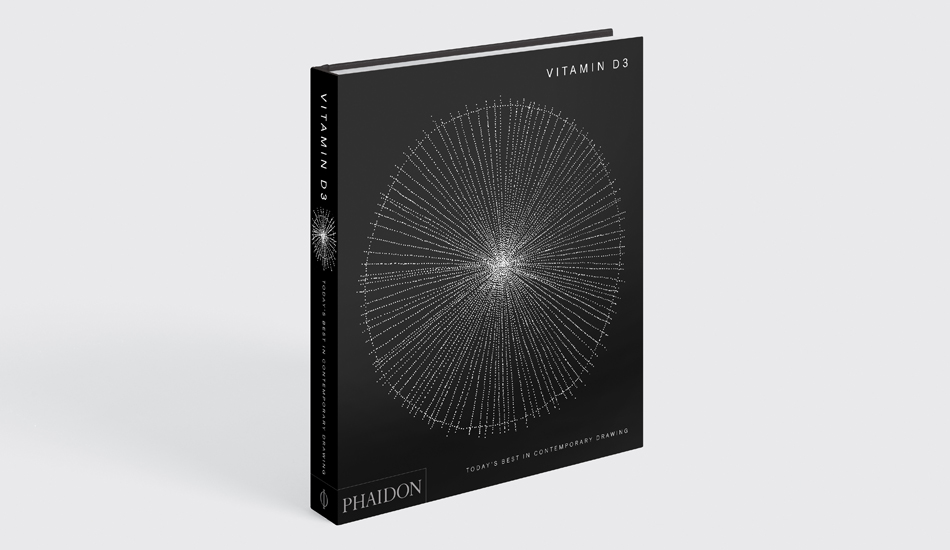Vitamin D3 interview Miriam de Búrca
We speak to this contemporary artist, featured in Phaidon's new, indispensable survey of contemporary drawing
“If the soil beneath our feet could speak, what dark secrets might it disclose? This is the tacit question underpinning Miriam de Búrca’s meticulous drawings, which dominate a practice also including painting and video,” writes David Trigg in Vitamin D3, Phaidon’s new, indispensable survey of contemporary drawing. “Born in Germany but raised in Ireland, the artist explores in her work some of the bleakest episodes of Irish history. Her closely observed studies of lonely waste grounds and earthen sods, replete with verdant grasses, flowers and weeds, address the ways in which Ireland’s landscape has for centuries been shaped by socio-political power dynamics and dogmatic belief systems. De Búrca’s ‘Anatomy of Chaos’ series (2018) saw her travel to remote burial grounds across Ireland.
These unofficial cemeteries, or cilliní, are the final resting place of unbaptized infants, the mentally ill and disabled, vagrants, criminals and anyone else on society’s fringes whom the Catholic Church deemed unworthy of burial in consecrated graveyards. Incensed by the cruelty of such injustices, de Búrca responded with large ink drawings depicting clods of earth collected from the graves.
“Anatomy of Chaos I: What Remains?(2018) precisely renders every inch of crumbling soil, unruly vegetation and tangled roots. Despite working for hours with a botanical illustrator’s eye, de Búrca is not interested in plant identification; each species remains as anonymous as the person from whose grave it sprouted.
“While the cemeteries are a sad testament to centuries of religious prejudice, de Búrca’s drawings poignantly memorialize those abandoned by the Church. Her earlier drawings were similarly exacting. Deconstructing the North V: Dirt and Roots (2014) is one of several examining the cultural, religious and political divisions that persist in Irish society. It shows in great detail a clump of earth from the Crom Estate, a conservation area in County Fermanagh, Northern Ireland, whose rural beauty hides a fractious past. While the soil holds memories of colonial rule, further research unearthed sinister stories of hanging and drowning, folkloric myths and class tensions. Isolated and floating in a field of white space, the carefully drawn clod recalls John Donne’s famous words ‘no man is an island’ from Devotions upon Emergent Occasions (1624), which speaks to the importance of community.
“Among de Búrca’s most harrowing works are those alluding to Ireland’s notorious mother and baby homes – institutions run by the Church where unmarried women were sent to give birth, shrouded in secrecy and shame. The small ink drawing Cluster II: 1961 (2018) depicts a huddle of empty, skeletal cots in reference to the horrifying discovery of an unmarked mass grave at one such home in County Galway, where bodies of deceased infants were callously discarded. Irish society still has many ghosts to confront; de Búrca’s drawings are a call for transparency and justice.”
